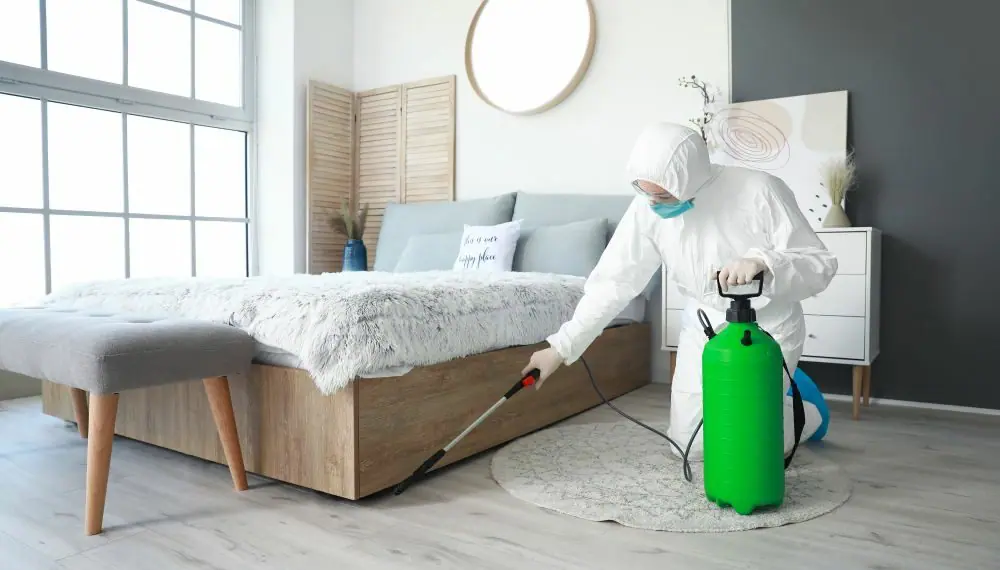How Staff Training Improves Pest Monitoring in Hotels: A Comprehensive Guide
Share
In the bustling world of hospitality, maintaining a pristine environment is not just a preference; its a necessity. A single pest sighting can tarnish a hotels reputation, leading to negative reviews and a decline in bookings. Therefore, understanding how staff training improves pest monitoring in hotels is crucial in maintaining a pest-free environment. By equipping employees with the right skills and knowledge, hotels can significantly enhance their pest control strategies, ensuring guest satisfaction and safety.

The Importance of Staff Training in Pest Monitoring
Hotel staff are the first line of defense against pest infestations. They are on the ground 24/7, interacting with various parts of the hotel, from guest rooms to kitchens. Training staff to recognize early signs of pest activity can lead to quicker action and prevent minor issues from escalating into major problems. For instance, a well-trained staff member might notice tell-tale signs of rodent activity in a storage area or spot cockroach droppings in the kitchen before they become visible to guests.
Moreover, staff training in pest monitoring fosters a sense of responsibility and vigilance among employees. When staff members are educated about the potential risks and signs of pest infestations, they are more likely to take proactive measures to prevent them. For example, responding to pest sightings swiftly and effectively is crucial in minimizing any potential damage.
Key Components of Effective Staff Training
Implementing a successful staff training program involves several key components:
1. Identifying Common Pests
Training should start with educating staff about the common pests found in hotels. This includes bed bugs, rodents, cockroaches, and ants. Providing visual aids and real-life examples can help staff identify these pests more accurately.
2. Recognizing Signs of Pest Activity
Staff should be trained to recognize signs of pest activity, such as droppings, nests, or unusual smells. Early detection is critical in preventing a full-blown infestation. For instance, noticing rodent traps that have been triggered can prompt immediate action.
3. Reporting and Communication
Establishing clear communication channels is essential for effective pest monitoring. Staff should know how and to whom they should report any signs of pest activity. Utilizing mobile apps for pest reporting can facilitate swift communication and response.
Benefits of Regular Staff Training
Regular staff training sessions ensure that employees stay updated with the latest pest control techniques and technologies. This continuous education fosters a culture of awareness and vigilance, ultimately contributing to a safer and cleaner hotel environment. Additionally, well-trained staff can offer guests peace of mind, knowing that the hotel takes pest control seriously.
Moreover, by investing in staff training, hotels can potentially save costs associated with pest infestations. Preventative measures are often more cost-effective than dealing with a full-blown infestation. For a deeper understanding of integrated pest management strategies, consider exploring this comprehensive article.
Conclusion
The role of staff training in improving pest monitoring in hotels cannot be overstated. By educating and empowering staff, hotels can create a robust defense against pests, ensuring a clean and hospitable environment for all guests. As the hospitality industry continues to evolve, the importance of staff training in pest management will only grow, making it a critical component of any successful hotel operation.

FAQ
Why is pest monitoring important in hotels?
Pest monitoring is crucial in hotels to maintain a clean and safe environment for guests. It helps prevent infestations that could harm the hotels reputation and lead to financial losses.
What are the signs of pest infestations in hotels?
Common signs of pest infestations include droppings, nests, damaged goods, and unusual smells. Staff should be trained to recognize these signs early.
How can technology aid in pest monitoring?
Technology, such as mobile apps and pest monitoring devices, can streamline the process of detecting and reporting pest activity, allowing for quicker responses and more effective pest management strategies.
